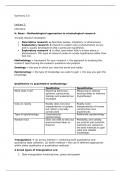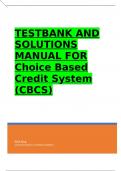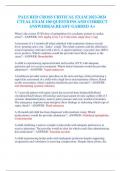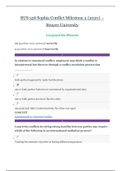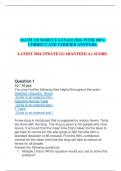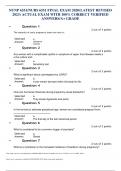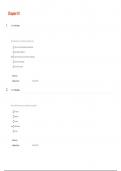Samenvatting
Summary of all key facts and bullet points of additonal literature + powerpoint slides of all lectures
- Instelling
- Universiteit Utrecht (UU)
In this document all key facts and important bullet points out of all the additional literature are summarized, additionally all powerpoint slides from the lectures are summarized.
[Meer zien]
